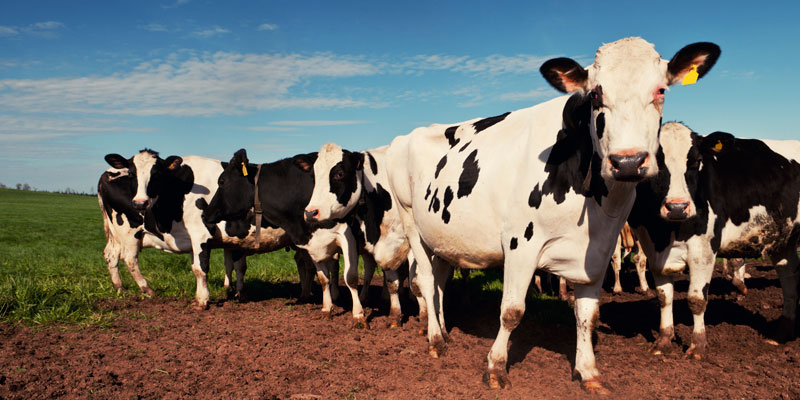Climate impacts, water availability and agricultural activity in the Prairies: Implications for water supply, crop yields and water allocation
(2023 – Ongoing)

Challenge
Agriculture in Canada accounts for 8.3 percent of Canada’s gross domestic product. Agriculture is practiced on approximately seven percent (67.5 million ha) of Canada’s land base, with 82 percent of this occurring in the Canadian Prairie Provinces (Statistics Canada 2002b). Agricultural productivity in the Prairies can be impacted by a changing climate, subjecting the region to more frequent and intense precipitation events as well as extreme drought. These climate conditions pose unprecedented challenges to the agriculture sector as cropping systems may shift and crop yields may change. This research project will provide insights into the implications of variable precipitation on land and water suitability for agricultural production on the Canadian prairies.
Project
The objectives of this project are to:
- Assess the implications of changing precipitation patterns on agricultural crop yields on the Canadian Prairies using large datasets and geographic information system-based models.
- Obtain and incorporate insights from end users in the agriculture sector with knowledge of water management and its importance to the sector.
We will do this by:
- Obtaining and incorporating insights from end users in the agriculture sector with knowledge of water management and its importance to the sector.
- Engaging with and capturing insights from world experts with knowledge of the implications of water availability to cropping systems to guide model analysis.
Anticipated outcomes
This initiative aims to:
- Ensure that policymakers and decision-makers in the agriculture sector are informed about the implications of changing precipitation patterns in the Canadian Prairies.
- Raise awareness among decision-makers in the agricultural sector about how climate impacts agricultural production and water availability.
- Establish a decision-support system for regional assessment of current and future agro-climatic risks and opportunities.




